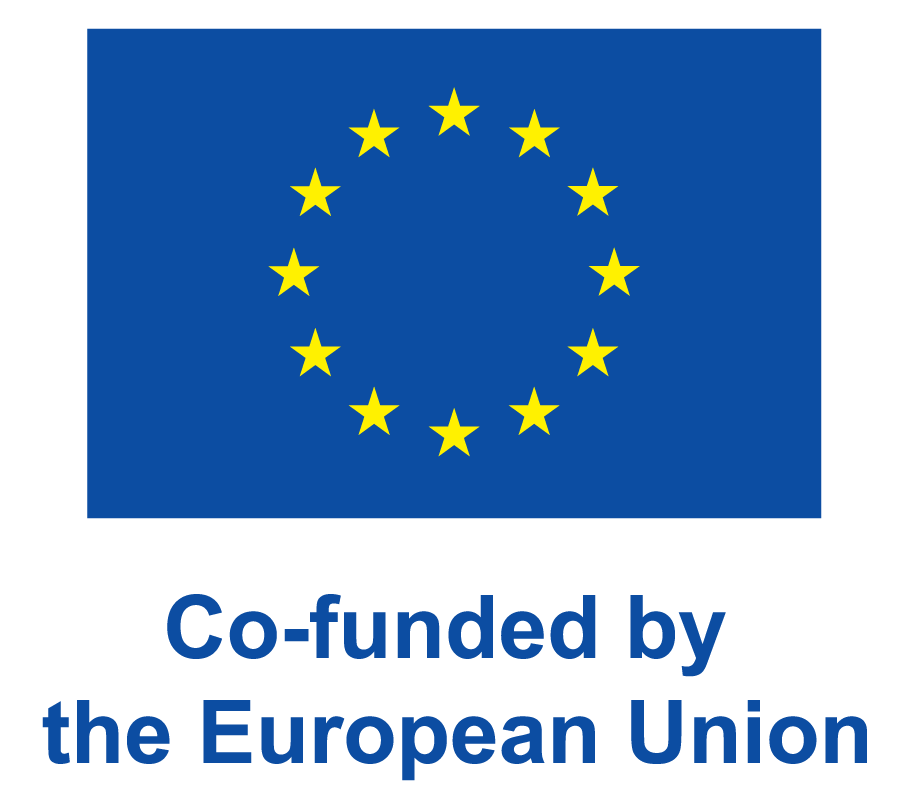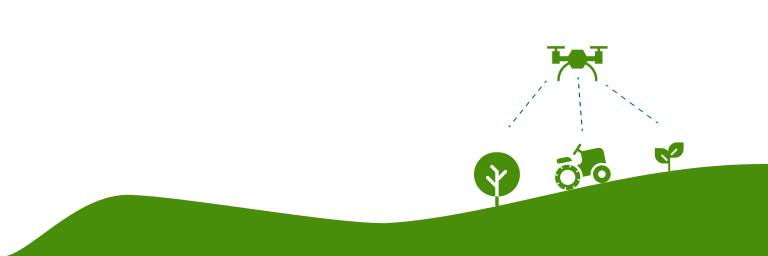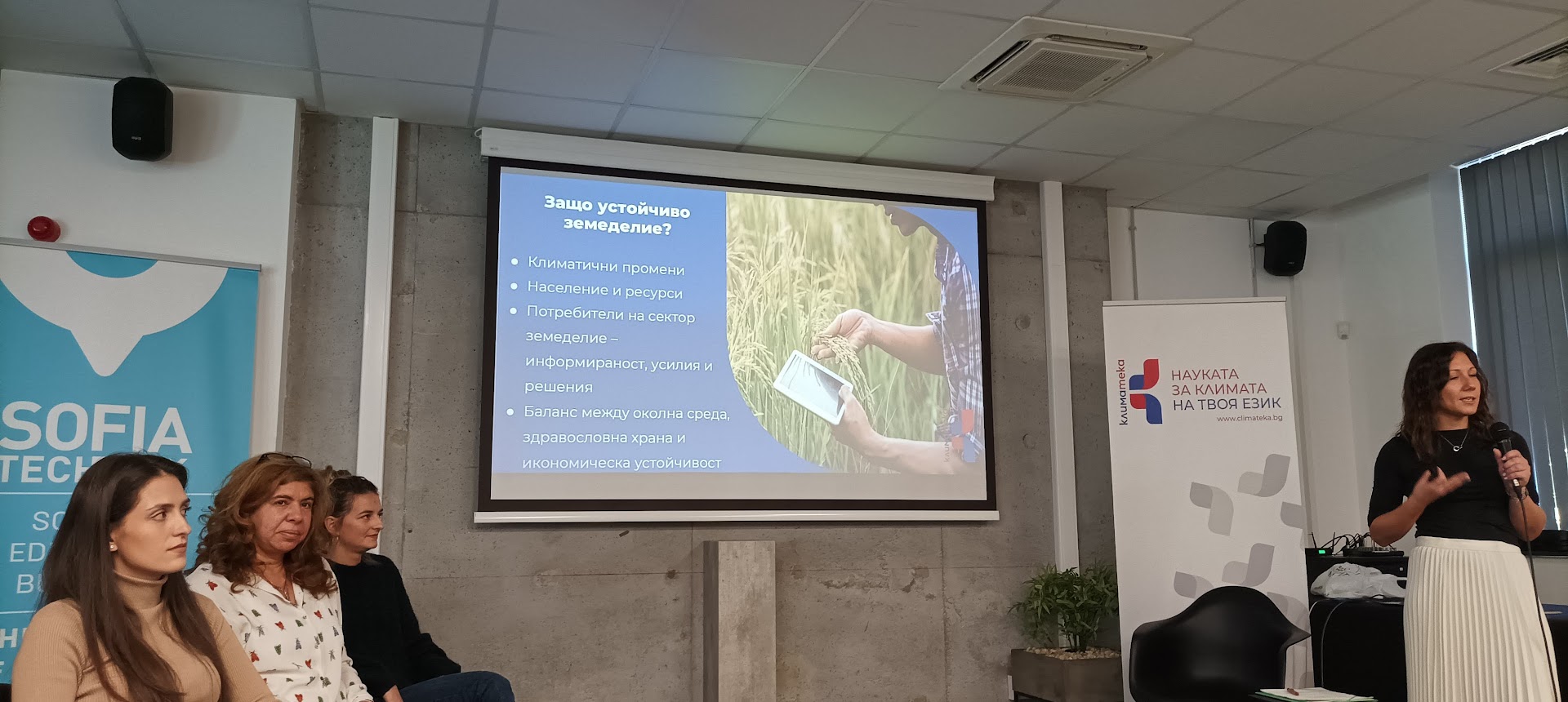In the situation of a changing climate, it is important to reconsider the practices of the past and switch to a more sustainable and smart farming that implies various benefits for the environment and for human health
Agriculture is a human activity whose interaction with the climate change is bilateral. On the one hand, it is directly affected by them and at the same time it discharges a solid number of emissions that affect the climate in turn. The changes cause stress on the plants as a consequence of prolonged periods of draught; followed by extreme rainfall, loss of carbon and other important components in soils; desertification and erosion; shifting of climatic zones and difficulties in adapting the farming practice to the shifted zones.
On the other hand, modern agriculture adds to the deepening of the climate problems. A good part of the agricultural crops is grown for animal feed and subsequent industrialized production of meat and dairy products and subproducts from stockbreeding. As a result, the stockbreeding’s ecological step becomes a significant factor that influences the climate processes and the condition of soils, and biodiversity. Food safety causes damages through the industrialized farming, which uses artificial fertilizers and chemicals.
Despite, the EU has registered relative progress under this parameter: emissions that are harmful to the climate balance, produced by agriculture in the EU, amount to around 10% of the emissions released by the entire human activity while in USA and most industrially developed states in Asia and Africa the respective percentage is 14-16%.
Inevitably, with the deepening of processes of soil degradation and climate insecurity the use of artificial fertilizers and other plant protection preparations is increasing. For the sake of comparison during the first decade of the ХХI century about 3 to 4 times more nitrogen fertilizers were used than in the 60s of the ХХ century. The excessive use of pesticides harmful to the human health continues, too. Although the accumulation in the soil and plants, and from there in the animal species we use for the production of meat products is well known, as well as that those pesticides are ultimately swallowed by people, the industrial giants keep implementing innovations and marketing mechanisms that help them enlarge their market positions. Most artificial pesticides lead to reduced soil fertility and thus cause an artificially provoked need to use even more fertilizers. At the background of shrinking sources of fresh and clean water, the growing need for artificial irrigation is a serious challenge.



